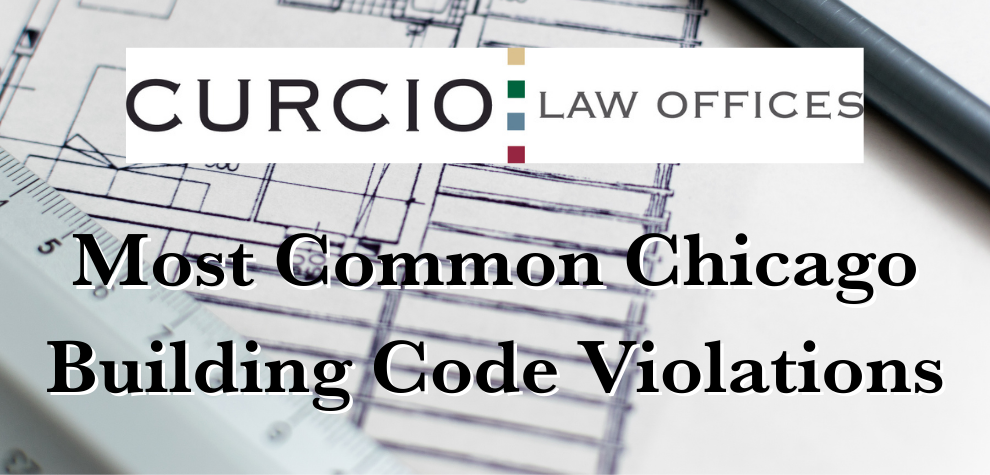Every time we walk into a building, we expect it to be safe. We generally don’t think about the potential injuries we could suffer because of its construction. We just assume that the people who designed and built the structure did it in a safe manner. This is true in the vast majority of situations. When a building is built in violation of state and municipal construction rules, however, it may have flaws that might result in significant harm or even death.
You may have a viable premises liability claim if you or a loved one was injured in an accident and you feel the property was not up to code. Chicago building violations have the potential to impact your premises liability case in a number of ways. Contact Curcio & Casciato for qualified legal representation today. Call our office at 312-321-1111 or fill out our online intake form.
What Is a Building Code?
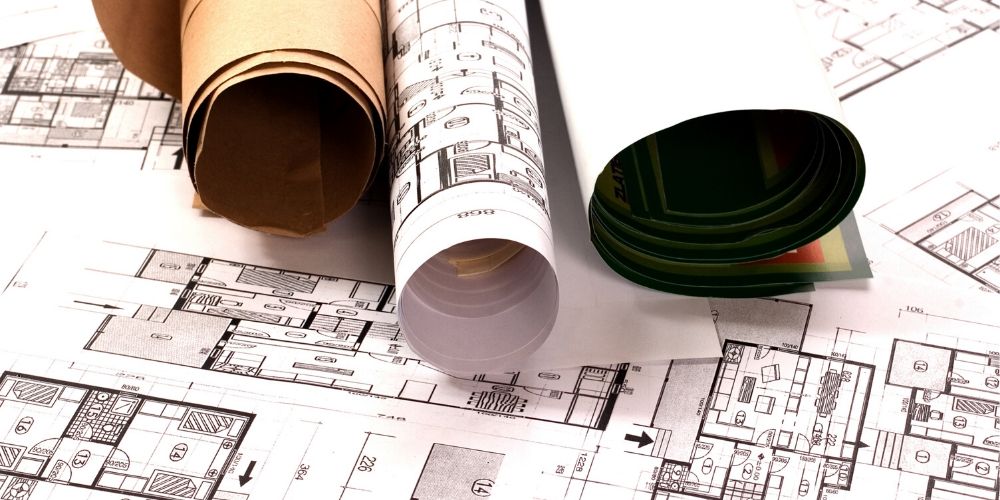
Cities and other governments place a high focus on public safety. Building codes address a wide range of safety issues, such as prohibited materials and the number of fire escapes required in a specific project. Furthermore, towns and counties that are susceptible to a certain sort of natural catastrophe may enact regulations specifically to address that type of disaster.
Older structures must, without a doubt, be kept up to code. A building inspector may find them unsuitable to live or work in if they are not upgraded. In the event of new construction, the most current codes must be followed. In addition to fines, failing to fulfill code standards throughout construction may cause a project to be delayed while issues are resolved. Serious infractions might put a project’s completion at risk.
Does Chicago Have Its Own Building Code?

For the last 70 years, Chicago has had its own special code that has perplexed many architects and failed to meet emerging technology and materials. A long-overdue modification was required, and there were discussions in late 2015 about upgrading the standards once more.
By adding various parts of the 2018 International Building Code (IBC) and restructuring it to fit the IBC structure and section numbers, the new code brings the Chicago Building Code into the current era. This enables quicker upgrades when the Code cycle changes are given.
The most significant modifications to the Chicago Building Code bring the city up to national standards. Many of the improvements are life safety standards, ensuring that Chicago’s buildings are among the safest in the world. In addition, the new standards reduce building costs and simplify incorporating new technology. The following are some key changes that will impact present and future buildings and construction.
New City of Chicago Building Code Changes
Building Height Clarification
According to the new Chicago Department of Buildings code, the building height is defined as the vertical distance from the grade plane to the mean elevation of the highest roof plane. There are exceptions to this rule.
Energy Efficiency and Sustainability Requirements

On June 1, 2019, the State of Illinois accepted the 2018 IECC, and Chicago followed suit with changes specific to Illinois. There are eight more energy efficiency packages that must be examined and at least one must be implemented into the design to conform with the IECC 2018. Don’t forget about the new compliance paperwork that must be provided as well.
Accessibility Standards
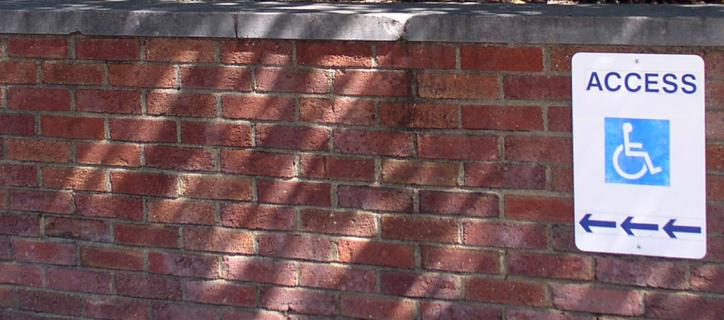
The references have been updated to meet state and national requirements. The new code is based on ANSI A117.1-2009. However, it is not yet a “safe harbor.” There is no longer a need for an Area of Refuge, but two-way communication is.
Sprinkler Systems
Additional structures must have sprinklers. Residences with four or more apartments, schools, event venues with more than 300 people, and dangerous occupancies are among the new buildings that will require sprinklers. On the other hand, this criterion allows for the use of lower-cost building materials.
Seismic Design Requirements
To ensure that vital facilities are constructed for the public’s safety, all essential category buildings (high rises, fire stations, or hospitals) must adhere to seismic guidelines.
Attics and Basements
The standard ceiling height in housing units has been decreased to 7′-0″ to provide for greater flexibility in home remodeling projects. Additional lighting and ventilation choices are available, but they will not take effect until the revised Mechanical Code is enacted, which is expected in 2021.
Standards and Approvals
Advanced techniques, commonly used and newer building materials, structural glass guardrails, and other items will no longer require specific permission as a result of the IBC’s adoption.
New Designations
R-5 is a new residential group in Chicago. It contains structures with no more than four floors above grade, one to three residential units, a private garage or not, and no other occupants. This makes it possible to use more cost-effective building materials.
Alignment with International Code Council
The new code substitutes Chicago-specific vocabulary and measuring practices with universal words and standards, as well as a uniform code organization structure used across the United States’ construction sector.
Administrative Processes
There will be less time spent deciphering Chicago-specific terminology and more hours invested with applicants because the code will be more precise, consistent, and up-to-date with National standards. In addition, the Department of Buildings’ computer system will be updated, and all permits and payments will be made online.
Common Chicago Building Violations
The building violation code in Chicago is fairly strict. For years, the city has been known as the only city in the nation to rely on its own regulations rather than the International Building Code. Amendments to city laws are on the way, and they will bring us closer to those in the rest of the nation, but we still don’t follow the IBC in every way. Getting caught in breach of the code, regardless of whether laws are in place, is costly. Below, we list some of the most common violations found during a building inspection.
Arrange a Premise Inspection
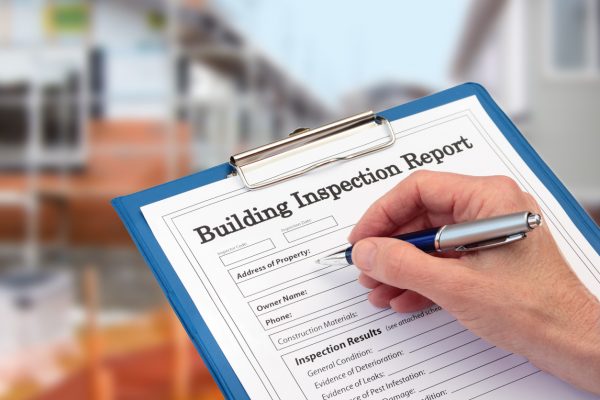
This simply means that the property owner must arrange inspections with a building inspector. It usually happens when the inspector shows up to perform inspections but is unable to get inside the building.
Absence of a Sign With Owner Information
Buildings without an owner living on site must post the name and phone number of the manager or landlord. They must post a note or sign with this information either in plain view from the street, bolted to the exterior wall, or even posted on the walls or windows of the building’s lobby. If a building lacks a sign with this information, it’s likely that the owner or manager is unfamiliar with the violation.
Repairs to the Exterior Wall
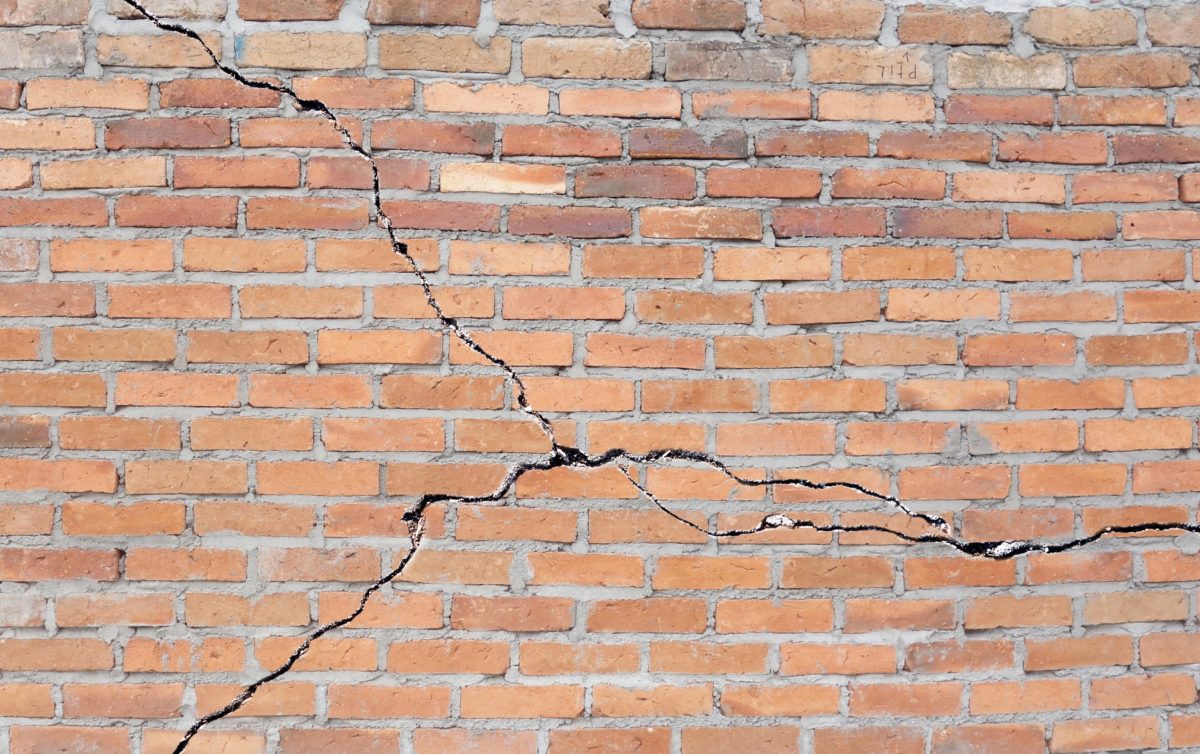
This is a broad category that encompasses a wide range of issues. This is another one that inspectors can see without going inside, but unlike the previous violation, it is more difficult for potential tenants to see during a showing since faults may not be obvious to the untrained eye. This isn’t an administrative concern like the first two. These infractions are serious issues that might cause long-term harm to a structure.
Repair the Porch System
If the porch is more than 2 feet from the ground, it must withstand a weight of 100 pounds per square foot and have sturdy rails. This is another infringement that is obvious from the street. Ascertain that the porch feet are securely fastened to the ground and that there is no gap between the porch and the structure. Look for symptoms of decaying or rotting timber. To ensure that handrails are secure, push against them. Examine the size of the structural frame and how it’s connected to one another. Instead of nails and screws, the porch should be held together by metal brackets and large bolts.
Repair or Maintain the Elevator
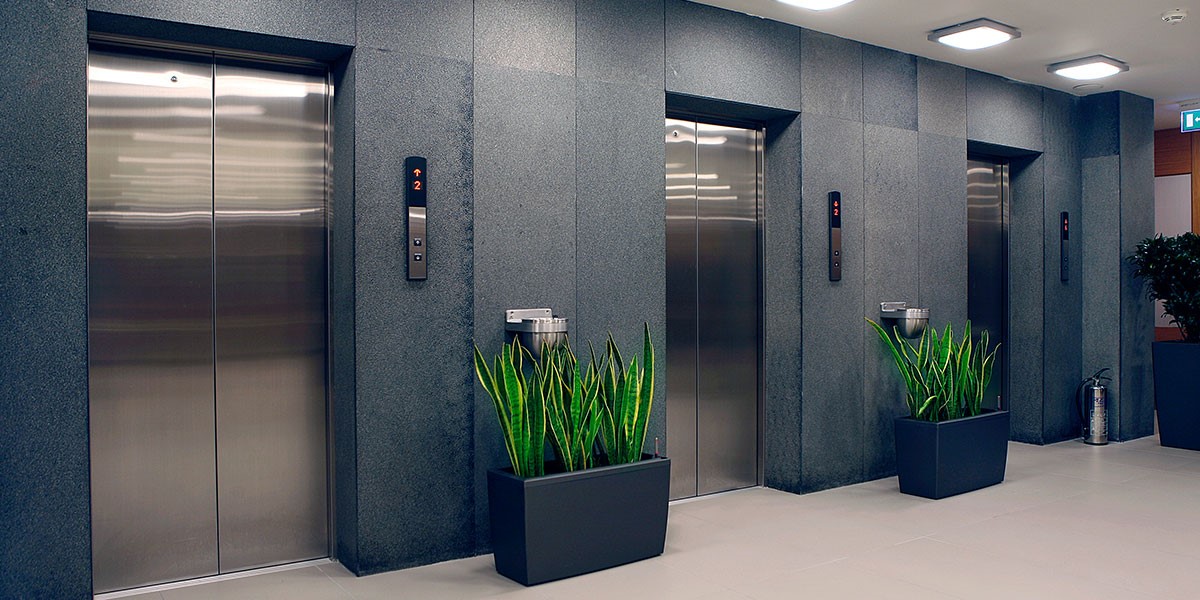
Elevator breaches are more common in buildings that are simpler to access than the usual walkup, as many have open lobbies during the day. The elevator code in Chicago is extensive and comprehensive, as it should be. Elevator code breaches are common in high-rise buildings, owing to the fact that elevator inspections are handled by a distinct department than other code infractions. Elevator inspectors are solely responsible for elevators. Everything else must be handled by building inspectors. However, if you notice frequent and ongoing infractions, you should be concerned.
Register a Vacant Building
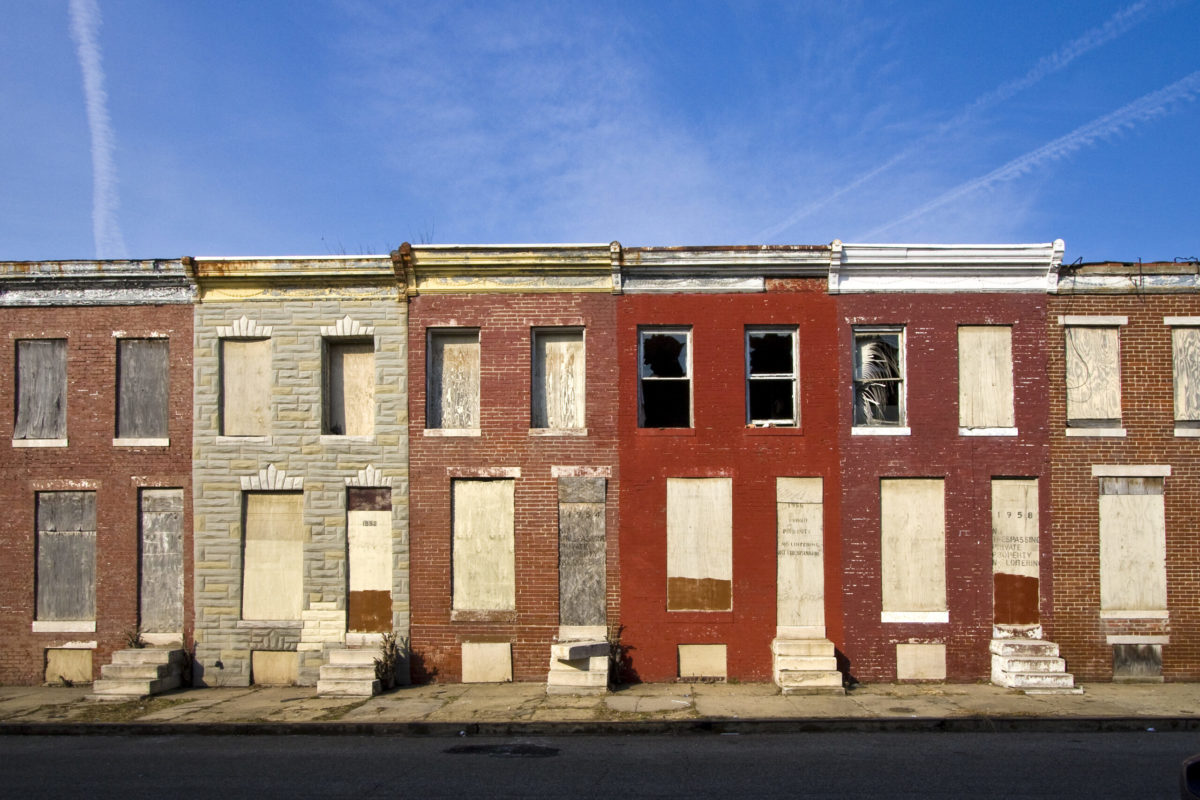
The city is keen to learn about unoccupied properties since they tend to draw the type of people that no one wants in the area. Because there are so many city departments involved in securing and rehabilitating unoccupied structures, registering each one is crucial. This is a mixed-up offense. Inspectors can sometimes tell if a building is unoccupied without having to ask someone to let them in, but they can’t always.
Replace Plexiglass or Window Panes
Another concern that is apparent from the street and that any tenant may immediately notice is the next violation. Broken windows are an obvious symptom of neglect, and they’re quite inexpensive to repair in the grand scheme of things.
Maintain Exterior Stairs
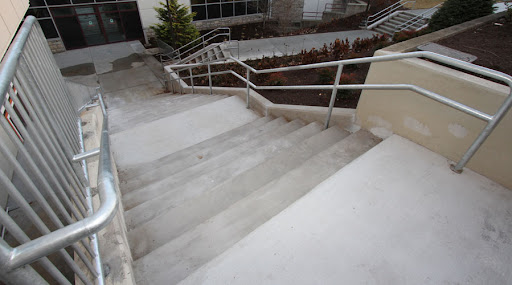
This includes not only patios but also front steps. Staircases must meet specified size criteria for the grind and height of each step in addition to being durable. Every tenant entering and exiting a property is at risk of falling due to poorly maintained stairs, especially if they are coated in ice or utilized as a fire escape.
If you’ve sustained injuries falling down stairs that aren’t up to code, contact our Chicago falling down the stairs injuries lawyer.
Install Smoke Detectors
This is comparable to a broken headlight in terms of a code violation. Despite the fact that installing a functional smoke detector is relatively inexpensive for a landlord, approximately 30,000 buildings have been fined for their lack of one in the last 13 years. Every potential tenant should check for this in each apartment complex they visit. Renters should glance up at every showing to see whether there are any smoke alarms, not just in the units but also in the communal spaces.
If you were injured in a building fire or explosion, contact our Chicago fire injury lawyer team for a free consultation. We understand how to use the fire triangle definition and processes to establish negligence personal injury cases and will work diligently to ensure you receive adequate compensation for injuries caused by Illinois building code violations.
Performed Maintenance or Construction Without a Permit
Without going through the complicated permission procedure, an owner can make a variety of interior changes, such as laying new carpet, repainting, renovating a kitchen, and even erecting a modest porch. Major alterations, on the other hand, require licenses to verify that they comply with safety regulations. If an apartment agency states that a building has new wiring, plumbing, HVAC, a new roof, or has recently had a substantial renovation, it’s worth checking to see if the work was permitted.
What Are the Penalties for Building Violations in Chicago?
Buildings are ticketed by city inspectors in the same way that illegally parked automobiles are ticketed by parking authorities. Both forms of tickets can be appealed at the same time, at the city’s Administrative Hearings Department. Fines for small offenses vary from $20 to $50,000 for the most serious safety violations.
Of course, administrative costs are added to every fine, so even a $20 fine will end up costing around $100 once all is said and done, not including the expense of repairing the real problem. Additional infractions are handled in Cook County civil court in addition to the Department of Administrative Hearings.
Can You Sue for Injuries Caused by a Building Violation?
Visitors may get injuries as a result of dangerous situations like these, resulting in considerable hospital bills and other consequences. If someone is hurt on a building owner’s property as a result of their carelessness, the wounded person may be entitled to damages for past and future medical expenditures, pain and suffering, impairment, lost income, and more.
How Can Building Violations Help Your Personal Injury Case?
In a premises liability case, building code violations are your friend. Being injured on a premises that isn’t up to code, in most cases, will speed up the personal injury claims process. States and local governments enact building codes to regulate the building and maintenance of structures in order to ensure their safety. Businesses and property owners must follow these vital safety requirements.
You may feel that infractions of construction codes are uncommon, but this is not the case. While not all infractions will have an impact on your case, many building code requirements are in place to avoid mishaps such as slips and falls. These restrictions apply to residences, rental homes, and flats as well as companies. The following are examples of common infractions that may have led to your injury.
- Rotting or loose steps
- Missing or broken handrails
- Poor lighting near curbs and stairs
- Inconsistency in stairs
- Uneven curbs with poor warnings
- Absence of non-slip mats on smooth surfaces
- Violation of a fire code
- Leaking or falling ceilings
- Accessibility issues
- Poor maintenance of elevators or escalators
If you can prove a breach of a construction code intended to prevent accidents, you will have a much easier time showing the property owner’s carelessness and rejecting the insurance company’s claim that you caused your own harm. In many cases, the open and obvious defense doesn’t apply to properties that aren’t up to code.
Contact a Chicago Premises Liability Lawyer Today
If you suffered injuries due to negligence on the part of the building owner or manager, you may have a premises liability claim. To schedule a free consult with an experienced Chicago premises liability attorney, contact Curcio & Casciato today. Our Chicago personal injury lawyers can help you file a complaint, report your injuries, and start the process of having a dangerous violation corrected. Call us today at 312-321-1111 or fill out our online intake form.
